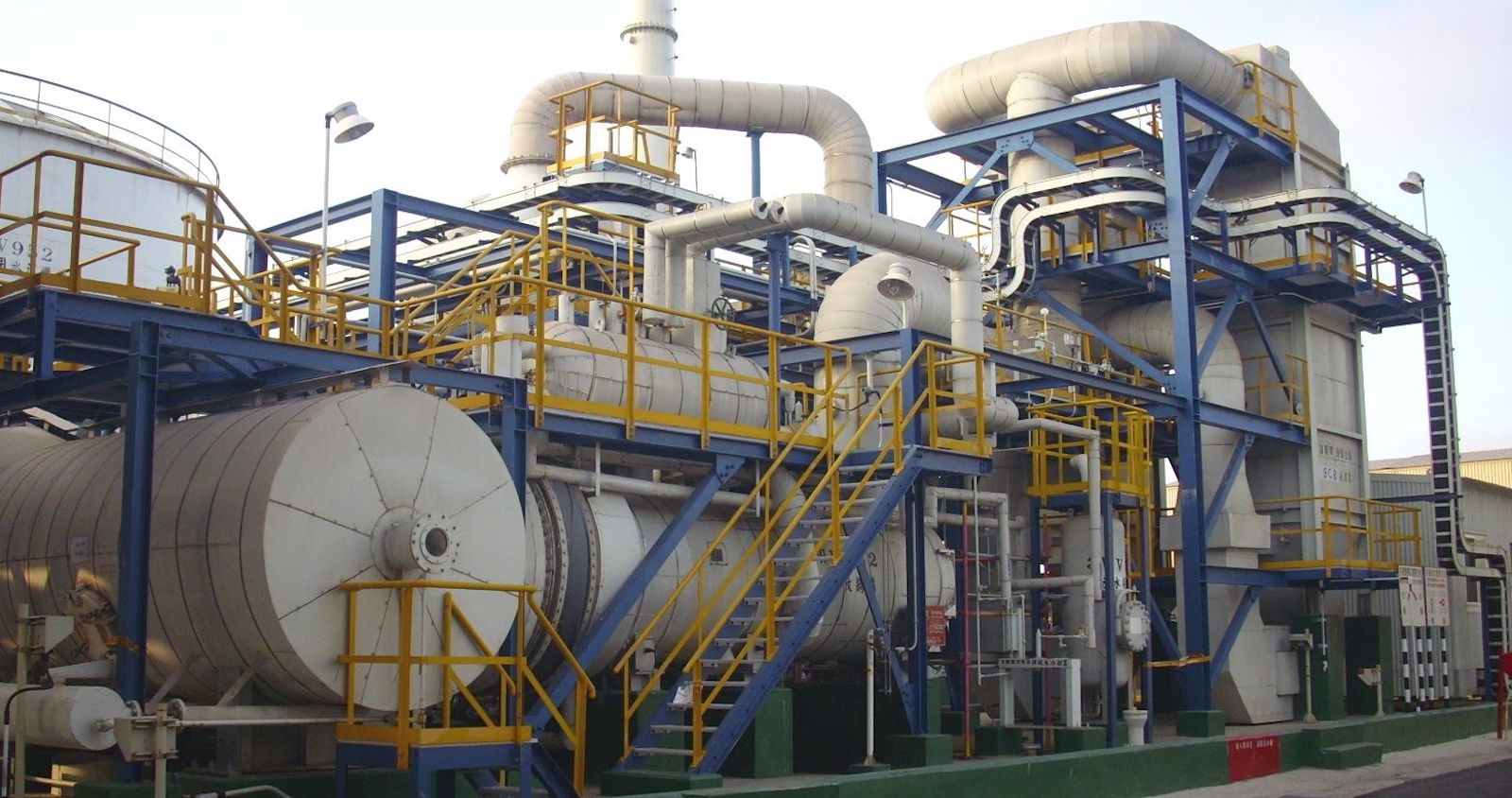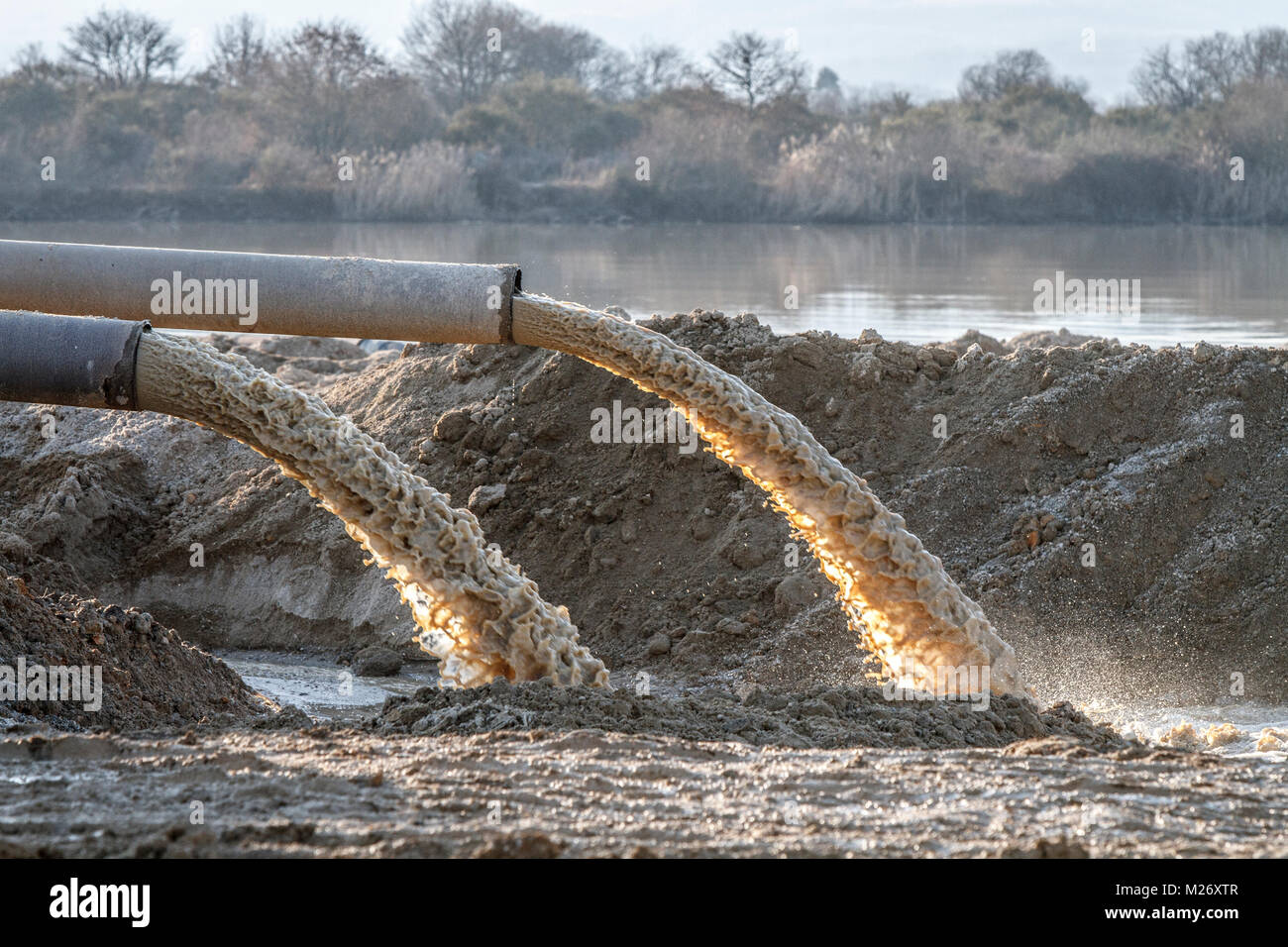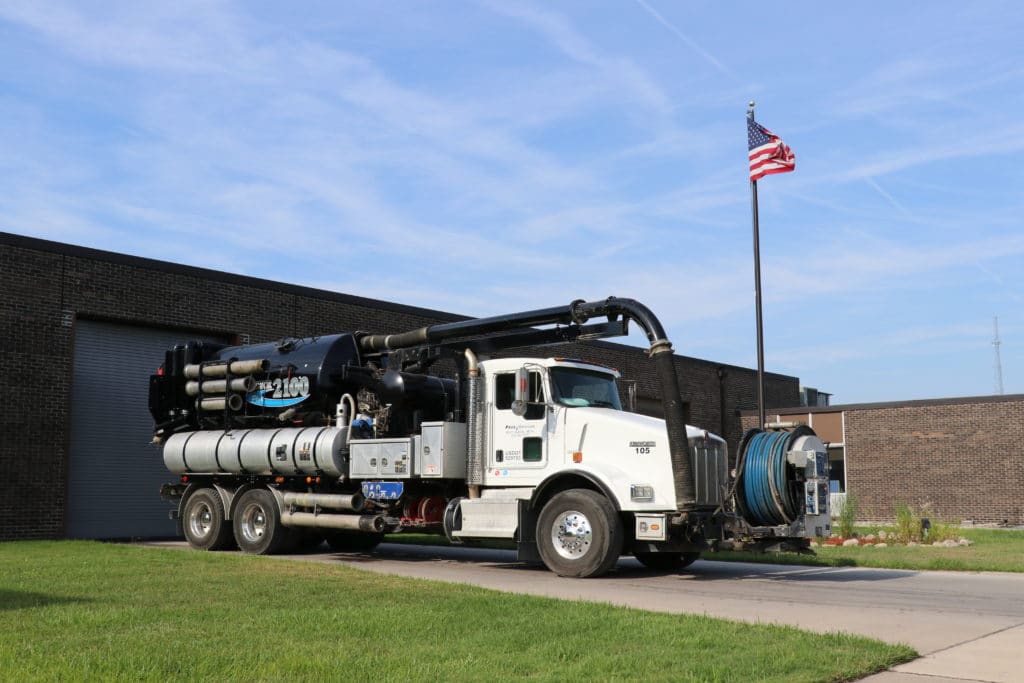Exactly How Liquid Waste Disposal Functions: A Detailed Introduction of Methods and Technologies Employed

Introduction of Liquid Waste Kind
The complexity of fluid waste kinds requires an extensive understanding of their characteristics and effects for disposal. Liquid waste can extensively be classified into several kinds, including commercial, local, agricultural, and contaminated materials. Each group exhibits distinctive residential properties, requiring specific monitoring strategies to alleviate environmental and wellness dangers.
Industrial liquid waste stems from making processes and commonly contains a variety of contaminants, such as hefty metals, solvents, and natural substances. Metropolitan liquid waste, largely consisting of wastewater from homes and industrial facilities, consists of organic matter, nutrients, and pathogens (industrial wastewater treatment). Agricultural fluid waste, consisting of drainage from ranches, may have fertilizers, pesticides, and pet waste, positioning risks to water top quality and communities
Dangerous fluid waste is characterized by its poisoning, sensitivity, or possible to trigger damage. Understanding these diverse fluid waste kinds is vital for creating efficient disposal methods and guaranteeing conformity with ecological regulations.
Physical Therapy Methods

Testing is the preliminary action, where larger fragments and debris are removed from the fluid waste using displays or grates. In sedimentation tanks, larger bits work out at the bottom, creating a sludge layer, while the cleared up liquid can be additional dealt with.
Filtration is one more important technique that entails passing the fluid with porous products, such as sand or membranes, to catch smaller fragments. This action enhances the top quality of the fluid, making it suitable for subsequent therapy procedures.

Chemical Treatment Strategies
Chemical treatment strategies are vital for properly taking care of liquid waste, specifically in dealing with liquified and colloidal contaminants that physical approaches may not appropriately eliminate. These strategies use numerous chemical representatives to reduce the effects of, precipitate, or transform hazardous compounds into less hazardous types.
One usual technique is coagulation and flocculation, where chemicals such as alum or ferric chloride are included to promote the gathering of suspended particles. This procedure enhances sedimentation, permitting much easier removal of the resulting sludge. In addition, oxidation procedures, using representatives like chlorine or ozone, are employed to damage down complex organic compounds and pathogens, rendering the waste safer for discharge or further treatment.
Neutralization is another vital strategy, which changes the pH of acidic or alkaline waste streams to neutral levels, preventing potential damage to downstream systems and the setting. In addition, progressed oxidation processes (AOPs) utilize combinations of oxidants and ultraviolet light to weaken relentless pollutants, achieving a greater level of treatment performance.
Biological Therapy Processes
Organic therapy procedures play a crucial function in the monitoring of fluid waste by utilizing microorganisms to decay organic matter and reduce impurity levels. These procedures can browse around here be generally categorized right into cardio and anaerobic therapies, each utilizing certain microbial areas to accomplish reliable waste degradation.
Cardio treatment includes using oxygen to promote the malfunction of natural products by microorganisms. This process is generally applied in activated sludge systems, where aeration containers supply a helpful environment for microbial development, leading to the oxidation of natural toxins. The resultant biomass can be separated from treated effluent with sedimentation.
On the other hand, anaerobic treatment occurs in the lack of oxygen, relying upon various germs to break down raw material. This method is especially beneficial for high-strength waste, as it generates biogas, a renewable energy source, while minimizing sludge manufacturing. Technologies such as anaerobic digesters are regularly utilized in commercial and community applications.
Both cardio and anaerobic biological treatments not just reduce the environmental effect of liquid waste website link however additionally facilitate resource healing, making them essential components of lasting waste administration strategies. Their versatility, efficiency, and efficiency sustain their widespread execution throughout different industries.
Emerging Technologies in Disposal
Cutting-edge strategies to liquid waste disposal are rapidly evolving, driven by innovations in modern technology and an increasing emphasis on sustainability. Among these emerging innovations, membrane layer bioreactors (MBRs) have actually obtained grip for their capability to combine biological therapy with membrane layer filtration, causing top notch effluent that can be reused in numerous applications. MBRs enable smaller impacts and more effective procedures compared to standard systems.
One more promising development is using anaerobic digestion combined with nutrient healing technologies, which not just deals with liquid waste however additionally creates biogas and recoups valuable nutrients like nitrogen and phosphorus. This twin benefit enhances resource effectiveness and decreases environmental influence.
Furthermore, advanced oxidation processes (AOPs) are being embraced for the deterioration of complex natural pollutants. These methods use effective oxidants and stimulants to break down pollutants at the molecular level, offering an extremely reliable option for tough waste streams.
In addition, the integration of man-made knowledge and device understanding in waste management systems is enhancing operational efficiency and predictive upkeep, resulting in lowered costs and improved ecological compliance. These technologies mirror a considerable change towards more sustainable and efficient liquid garbage disposal practices.
Conclusion
To conclude, effective liquid waste disposal requires an extensive understanding of various methods and technologies. The combination of physical, chemical, and biological treatment techniques guarantees the reliable management of diverse waste types. Moreover, the development of innovative modern technologies boosts therapy effectiveness and promotes sustainability in waste administration methods. By constantly progressing browse this site these approaches, it becomes feasible to deal with the expanding challenges related to liquid waste, inevitably adding to environmental management and source recuperation.
Fluid waste disposal is a crucial element of environmental management, requiring an extensive understanding of different techniques and innovations customized to various waste types. Liquid waste can broadly be categorized into numerous types, including industrial, community, agricultural, and harmful waste. Agricultural fluid waste, including runoff from farms, may have plant foods, pesticides, and animal waste, presenting risks to water top quality and ecological communities.
Various physical therapy approaches play an important function in managing fluid waste efficiently - industrial wastewater treatment.In conclusion, efficient liquid waste disposal requires a detailed understanding of various techniques and innovations
Comments on “Top Liquid Waste Disposal Melbourne: Trusted Providers for Appropriate Waste Management”